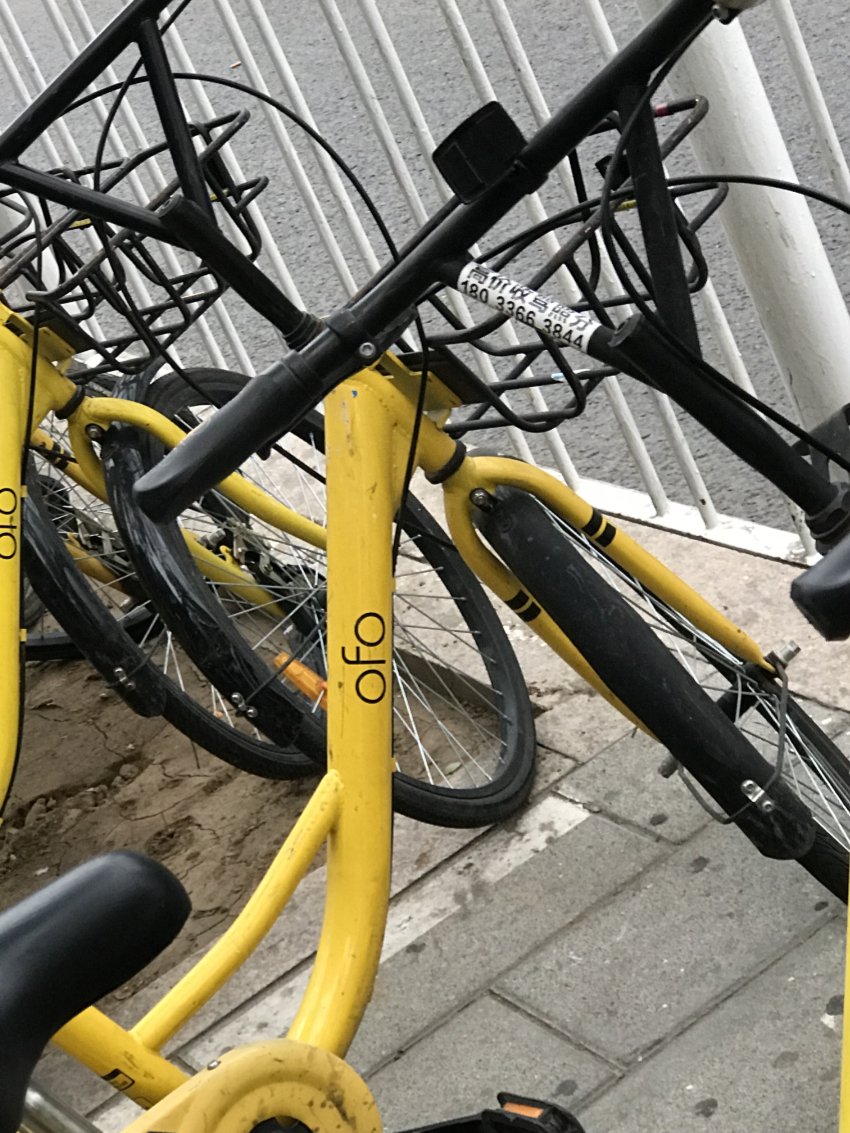The Social Expansion of Technology
Ofo Yellow Bikes on the streets of Beijing, China in July 2018. (Vishal Palekar)
Technology has advanced rapidly in the western world and in technologically advanced nations over the last 25 years. Computers and electronic devices are common place. Smart phones have become ubiquitous. The associated hardware has become significantly smaller and extremely powerful. Software has become more user friendly than ever before. Companies like Apple and Samsung have enjoyed significant growth and the use of Wi-Fi has become a way of life. It is rather common these days to find a group of teenagers studying together at Starbucks, using the free internet access available, rather than at the local library. The use of fingerprinting to expedite security and authentication at airports as well as for unlocking smartphones, has become popular in recent years.

In the last 10 years, the benefits of technology have begun to see a new front, for the good of society at large. In the U.S., older phones, laptops and tablets have made their way into the social sector and the poor and the less tech savvy have started using these gadgets. There are several non-profit organizations in our community working towards this change, thanks to some government funding typically at the state level. Many are supported by private donations and staffed by volunteers.
One of the organizations at the intersection of technology and social good is the Nonprofit Technology Enterprise Network (NTEN). Founded in year 2000 with headquarters in Oregon, NTEN is an international nonprofit organization, primarily a community for those interested in the use of technology to support other organizations and to help overcome technology issues.
Another organization at the intersection of technology and social good is Community Technology Network (CTN). CTN is a San Francisco Bay Area nonprofit that has recently branched out to Austin, TX. CTN has grown into a leading Bay Area organization helping to link up social organizations with technology volunteers, and providing technology tutoring at senior centers, libraries, and low-income housing communities around the Bay Area and now in Austin. Seniors struggle to use technology, access the internet and some are simply ready to give it up as it seems too difficult. CTN has volunteers at more than 20 senior centers in San Francisco and East Bay teaching in more than 6 different languages. CTN is truly helping close the ‘digital divide’ in our community.
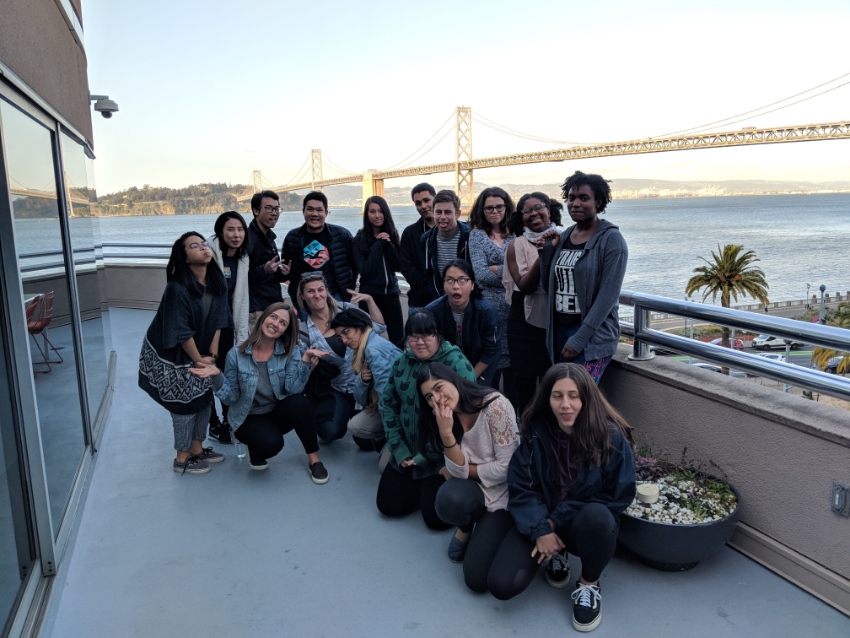
More recently, upcoming Asian countries such as China and India have taken a deeper dive into harnessing the power of technology for social good in several interesting ways. Bike sharing has become very popular in Beijing, China with the use of smart phone apps to unlock and pay for the bike rental.
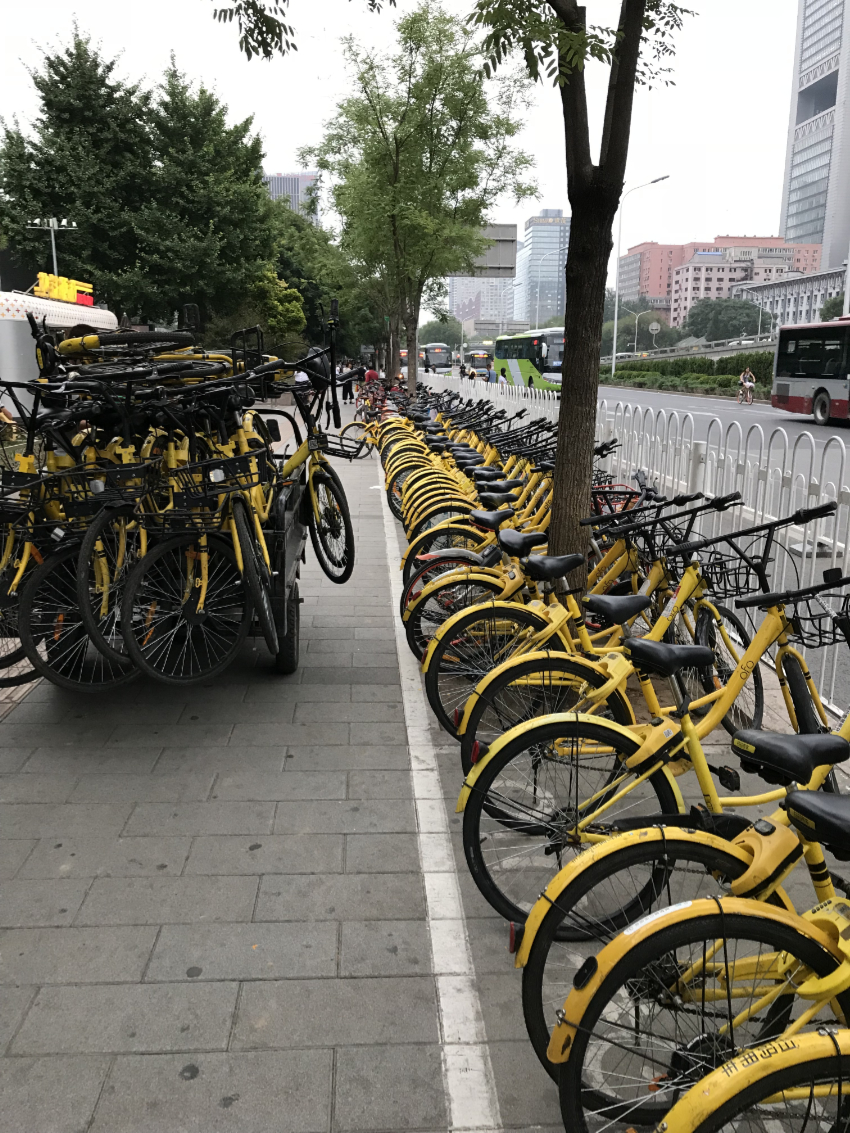
This is helping with the fight against pollution which is a significant concern in Beijing. With the opportunity to use technology for security and policing purposes, it is being adopted quickly and in massive proportions. Closed circuit televisions (CCTVs) and security cameras are everywhere. Starting in 2018, Chinese police has started testing glasses with built-in facial recognition to catch suspects and those traveling under false identities. What initially started as an expensive government security program is now seeing expanded use in society.
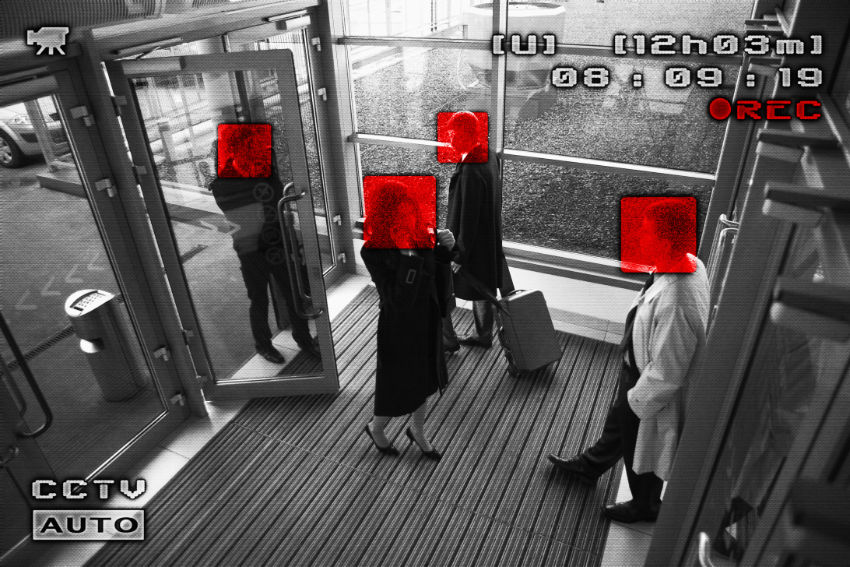
Police are using the sunglasses to check travelers and car registration plates. Recently, the glasses have been tested in trains stations as well. Police had allegedly caught several suspects and travelers using false identities. This technology is giving police “instant and accurate feedback” compared to the lag and static of using facial recognition through CCTVs.
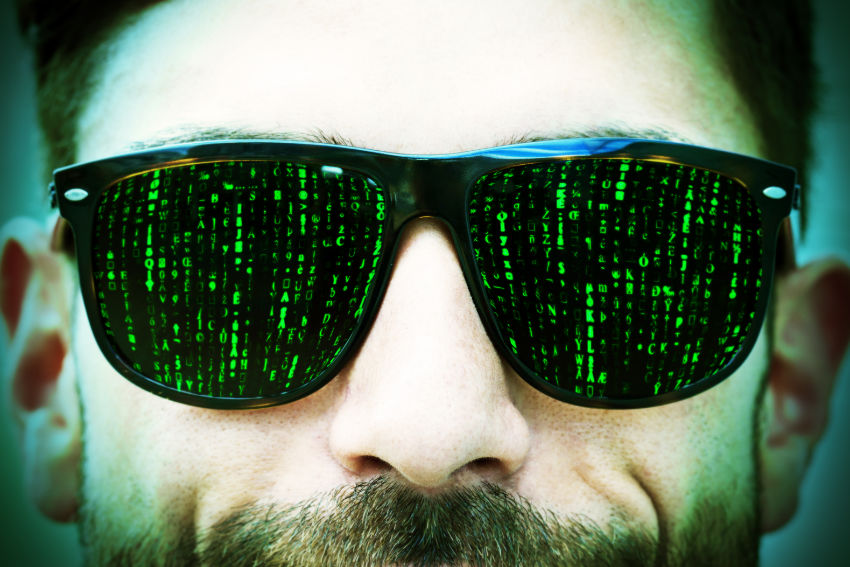
Human fingerprints for every individual are detailed, unique, difficult to alter and durable over the life of that individual. This makes fingerprinting a good long-term marker of human identity. They are being employed by police and authorities to identify individuals both for future traceability as well as to identify criminal history. These fingerprints can then be used instead of a smart badge for sensitive area access. Fingerprinting is now very common at airports for entry into countries such as China and India. Sophisticated machines allow for rapid fingerprinting, and large data storage capabilities make it a very convenient and foolproof mechanism for identification. The technology of biometric identification has finally become commonplace and is no longer used just to unlock your phone.

A common challenge with data is security, and cybersecurity has been at the heart of recent political discussions due to possible Russian interference in U.S. elections. This indicates that while technology can be used for social good, with data gathering increasing by the minute, there is a need for robust analytics, data security as well as laws and rules for misuse. Companies such as Symantec and Kaspersky Labs as well as non-profit organizations such as NTEN, CTN and others have a bright future so long as they continue to make a positive impact in society and help educate and define the rules of the digital age. The technology age has finally arrived globally and for all strata of society.

